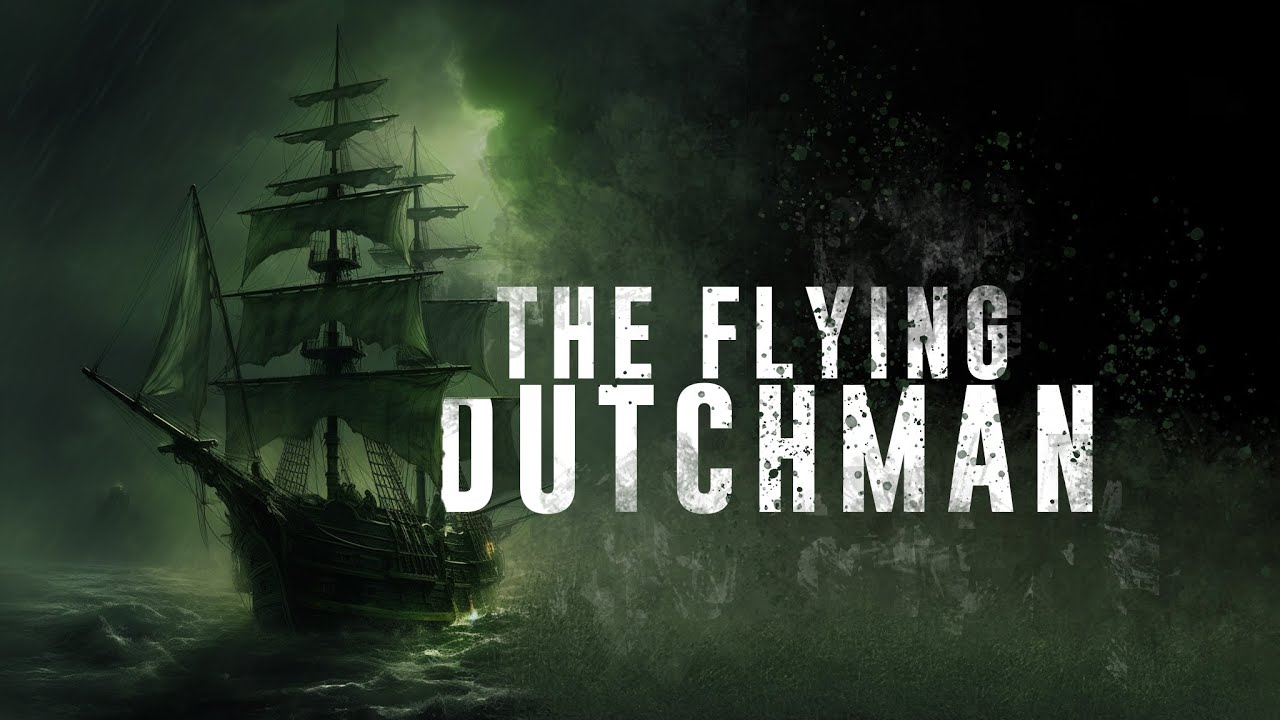
when Horror Yearbook – The Flying Dutchman remains one of the most spine-chilling maritime legends in human history. Tales of this phantom ship drifting through violent storms have persisted for centuries, especially near the treacherous waters of the Cape of Good Hope. Sailors have long feared spotting the vessel, believing it signals imminent doom. The story usually features a cursed captain who defied nature or divine forces and was sentenced to sail the seas for eternity. Over the years, travelers, naval officers, and explorers have reported sightings of a glowing or mist-shrouded ship vanishing into waves. Unlike ordinary ghost stories, The Flying Dutchman legend refuses to fade away. Its connection to tragedy, superstition, and survival has cemented its place in maritime folklore. Whether seen as a warning or a wandering soul, this spectral ship still casts a long shadow across sea legends and stirs fear among those who dare to navigate the southern oceans.
Stories of The Flying Dutchman stretch back to the 17th century when Dutch trade routes brought ships around the Cape of Good Hope. Sailors navigating these perilous waters passed along tales of a ghostly vessel that emerged during raging storms. According to legend, a Dutch captain known only as Vanderdecken refused to retreat during a storm, vowing to round the cape no matter the cost. This act of defiance angered higher powers and resulted in an eternal curse. The Flying Dutchman was doomed to sail forever, never reaching a port or finding rest. Over the years, sailors began associating sightings of the ship with tragedy. Reports often included details of glowing sails, eerie silence, and a ship that vanished without a trace. The legend gained fame not just for its horror but for how deeply it reflected the fears of men who lived their lives on unforgiving seas.
“Read about: Medusa Was a Victim, Not a Villain, Here’s the Original Myth Uncovered!”
Many credible individuals have claimed to witness The Flying Dutchman, fueling its enduring mystery. In 1881, Prince George of Wales, later King George V, documented a sighting while aboard the HMS Bacchante. He and other crew members described seeing a ghostly ship glowing red in the distance before it suddenly disappeared. This was not an isolated incident. Throughout the 19th and 20th centuries, other naval crews and private vessels have reported strange encounters near the Cape of Good Hope. Some saw a full-rigged ship moving against the wind, while others described phantom signals or sudden temperature drops near the sightings. These accounts were not easily dismissed, especially when told by experienced sailors. Maritime logbooks, journals, and even local legends in coastal South Africa mention the ghost ship. The more often these stories appeared, the more The Flying Dutchman seemed to transcend fiction and root itself in shared nautical memory.
“Read more: From Babies to Seniors: The Shocking Truth About Age-Based Nutrition”
The Flying Dutchman is more than just a scary tale—it represents human defiance, guilt, and the fear of isolation. In many versions of the story, the captain’s curse comes not from murder or piracy but from refusing to yield to nature’s fury. His punishment serves as a warning about pride and the consequences of challenging fate. The ship has become a symbol in literature, theater, and modern media. Richard Wagner turned the legend into an opera, giving it an emotional and artistic presence. Pirates of the Caribbean later reintroduced the myth to new audiences, mixing old superstitions with fantasy. Artists have painted countless versions of the ship sailing through lightning and fog. Writers and poets used the ghost ship as a metaphor for loss and eternal wandering. These interpretations prove that The Flying Dutchman is not just a maritime ghost story but a rich symbol that continues to evolve across cultures.
Despite advancements in navigation and weather forecasting, sailors still respect the myth of The Flying Dutchman. The ocean remains unpredictable and dangerous, and the legend captures this truth in dramatic form. Even with modern technology, accidents at sea continue to happen, and many still look to old stories to explain the unexplainable. Superstition thrives in isolated environments, and being alone on dark waters can awaken primal fears. The Flying Dutchman embodies these feelings with terrifying clarity. It reminds sailors that the sea demands respect and that no one, no matter how strong or skilled, controls nature. This ongoing sense of vulnerability helps keep the legend alive. People continue to share stories and whisper warnings whenever storms begin to brew near the cape. As long as fear, fate, and the unknown remain part of human experience, The Flying Dutchman will never stop haunting the imagination.